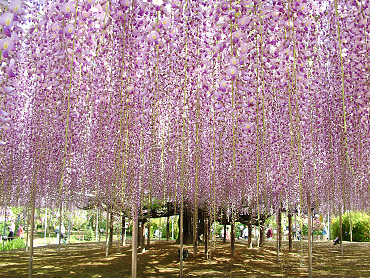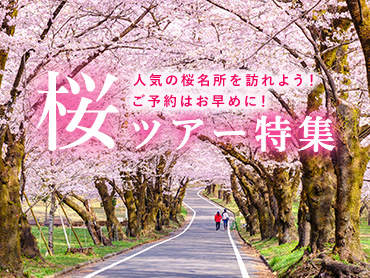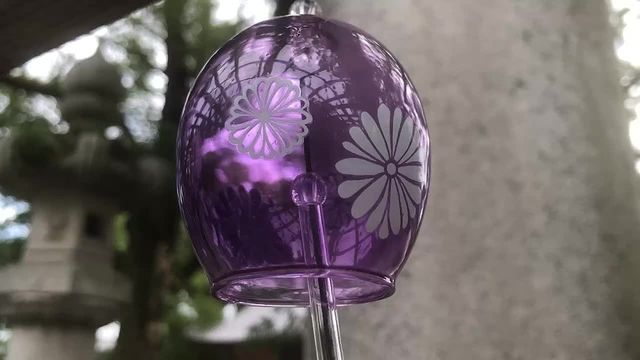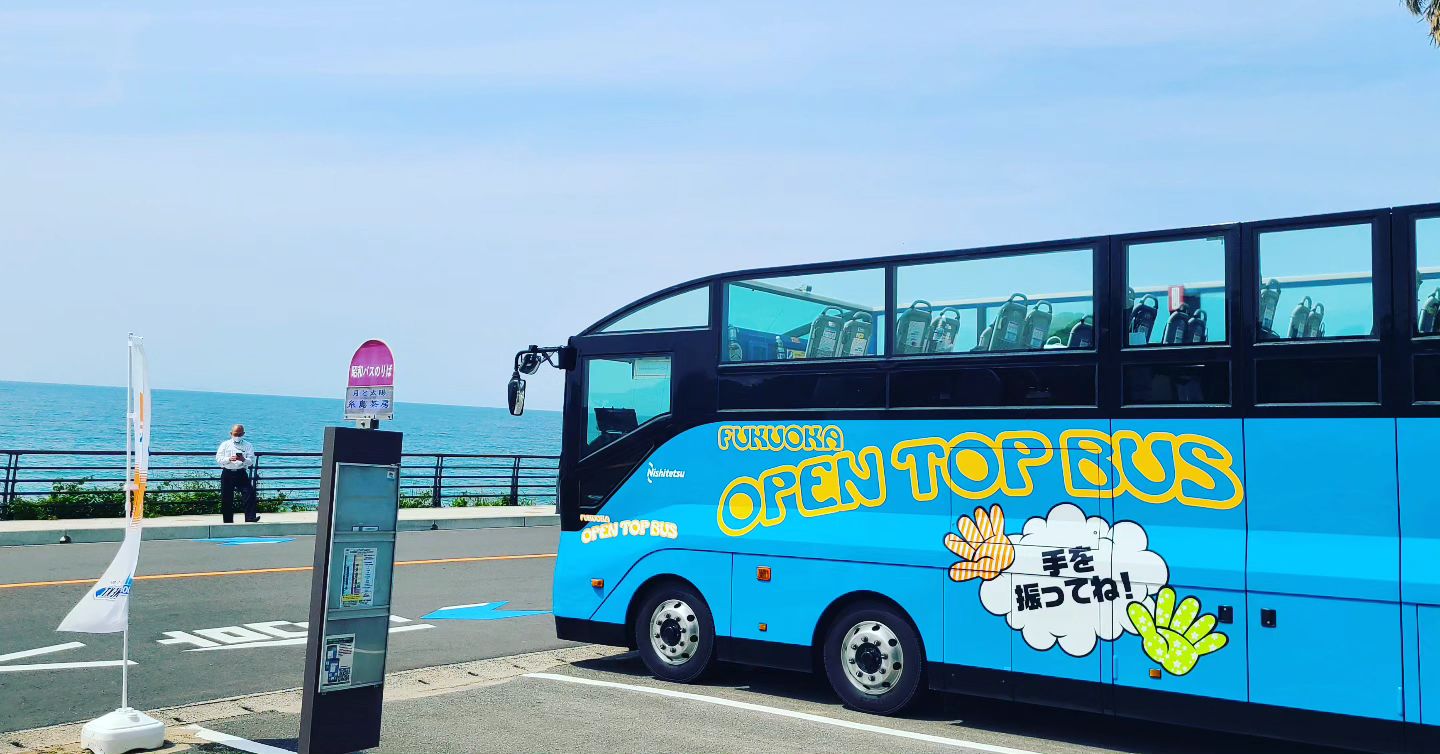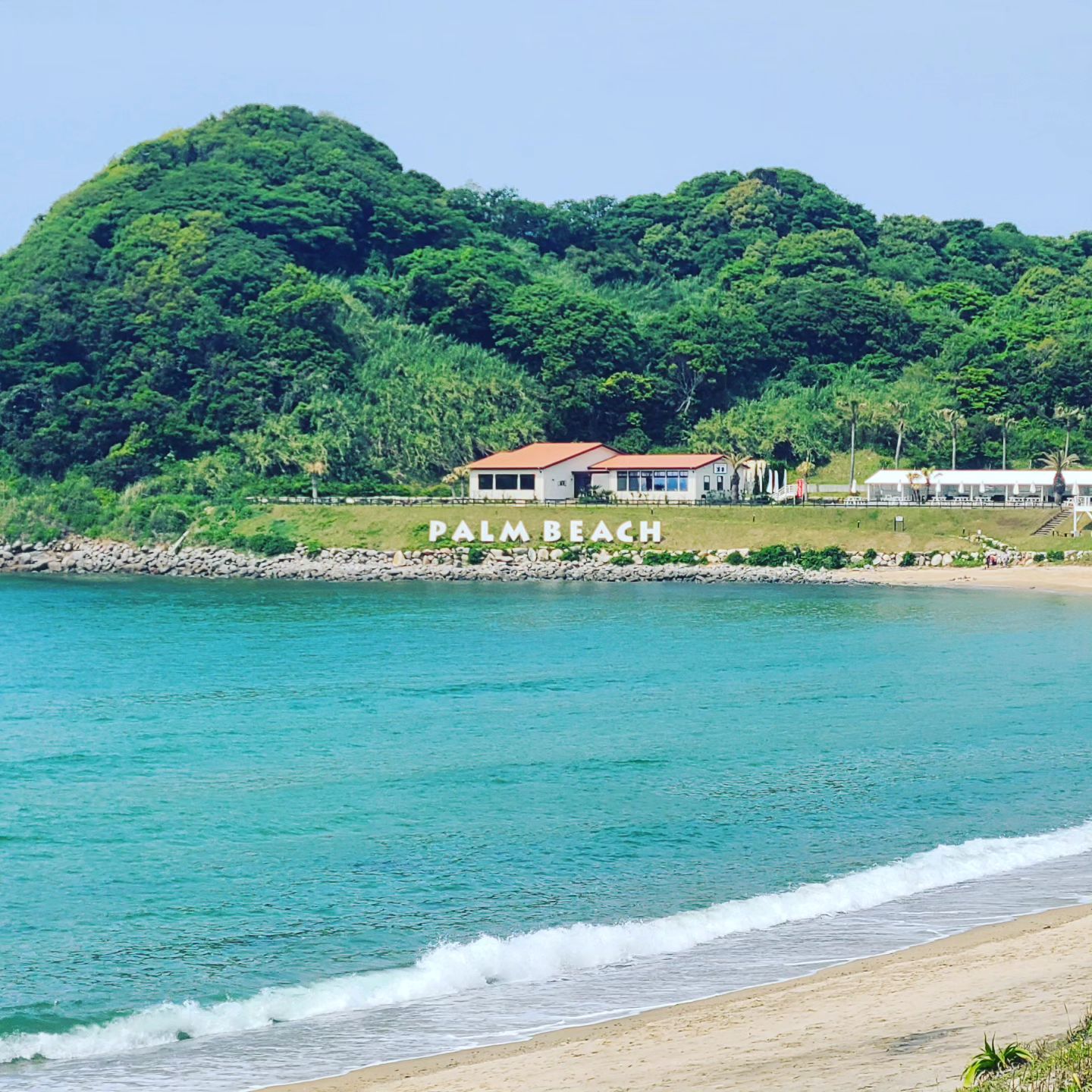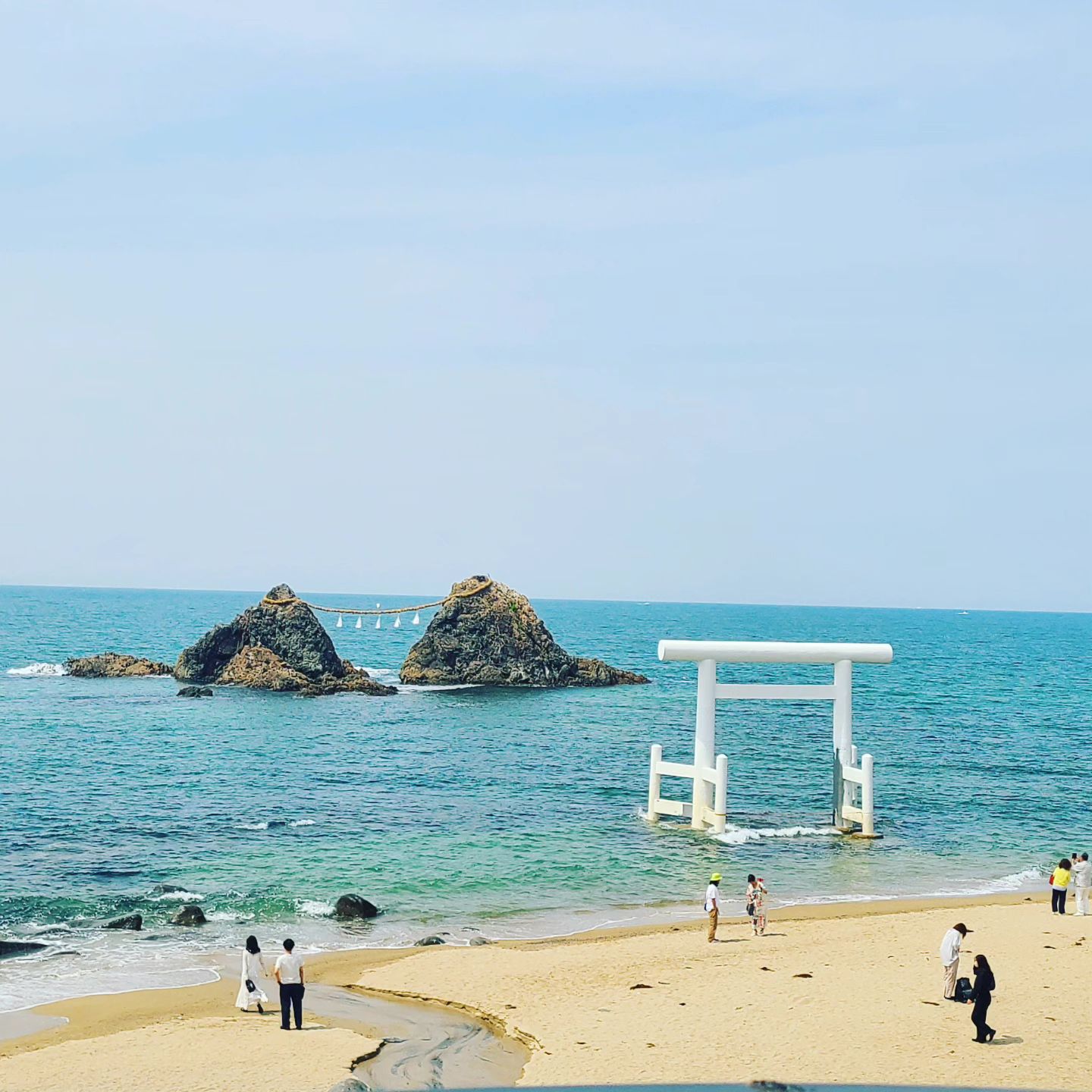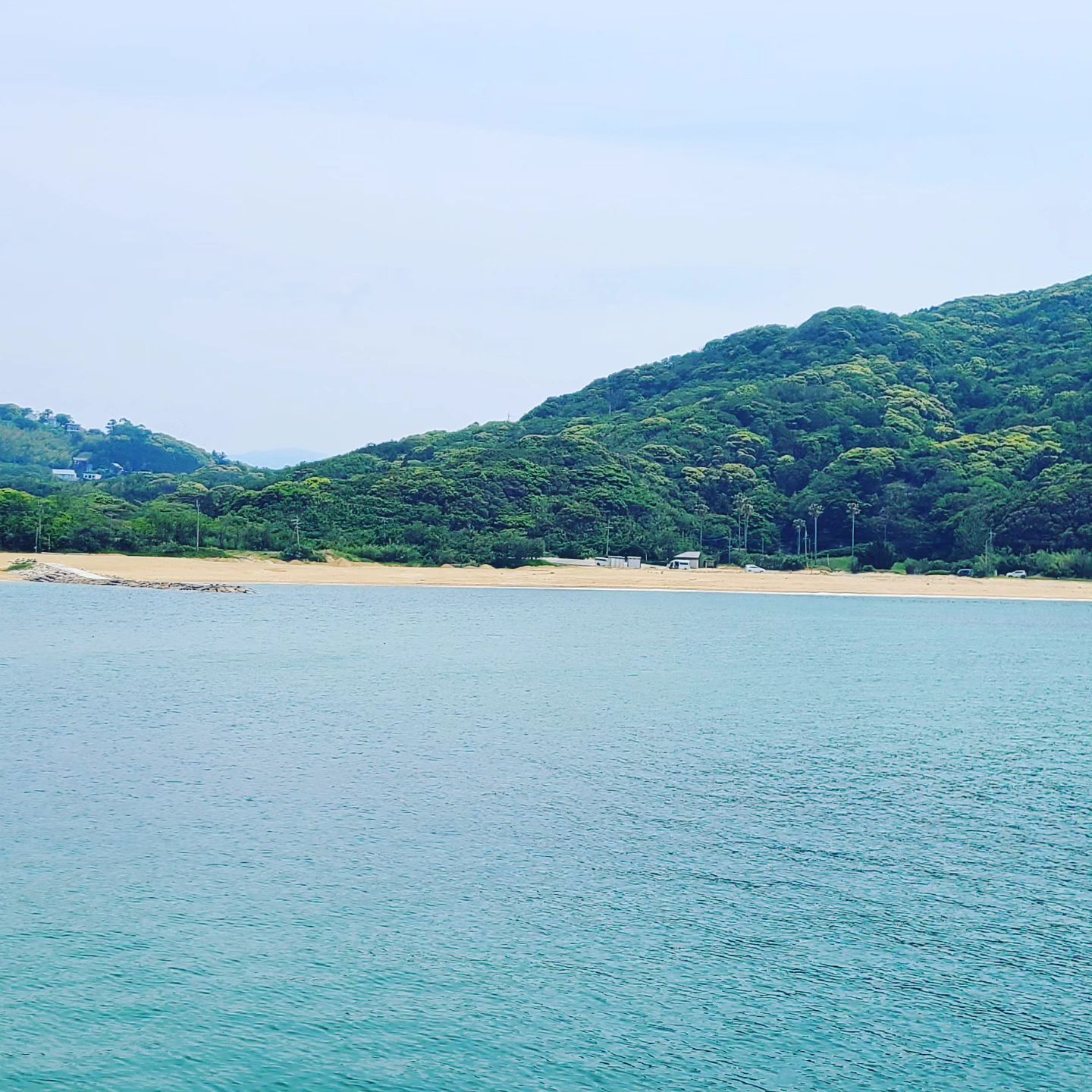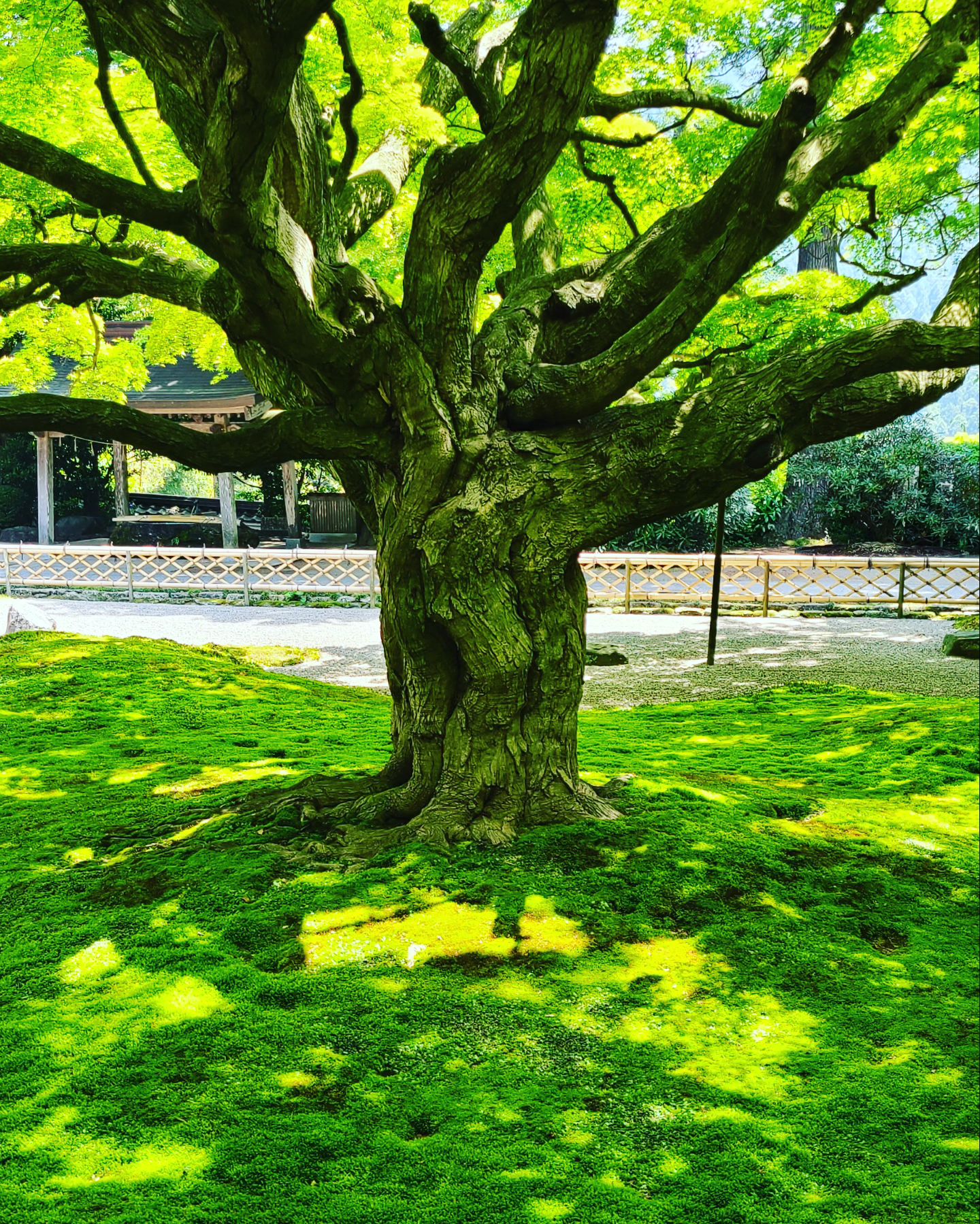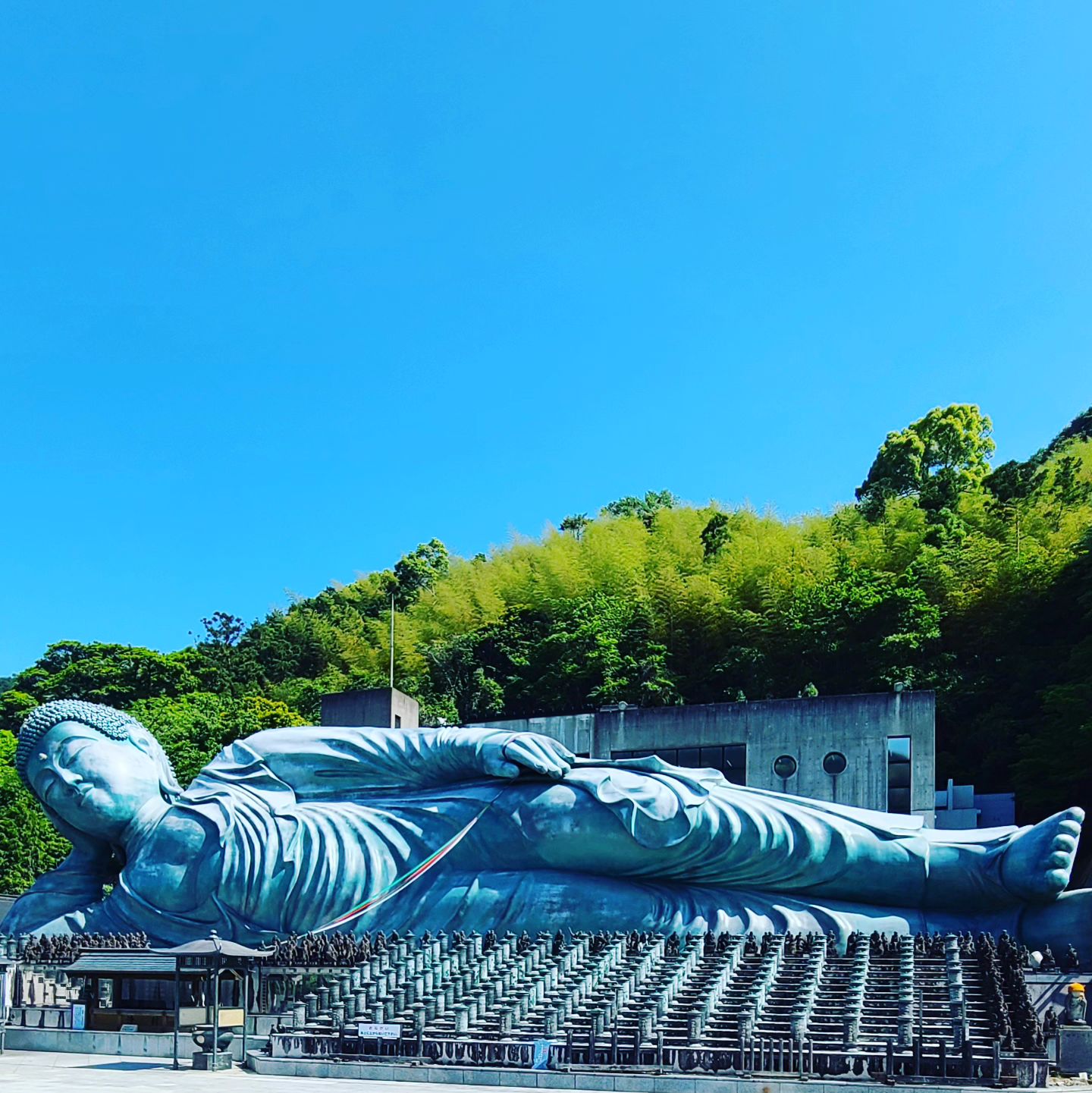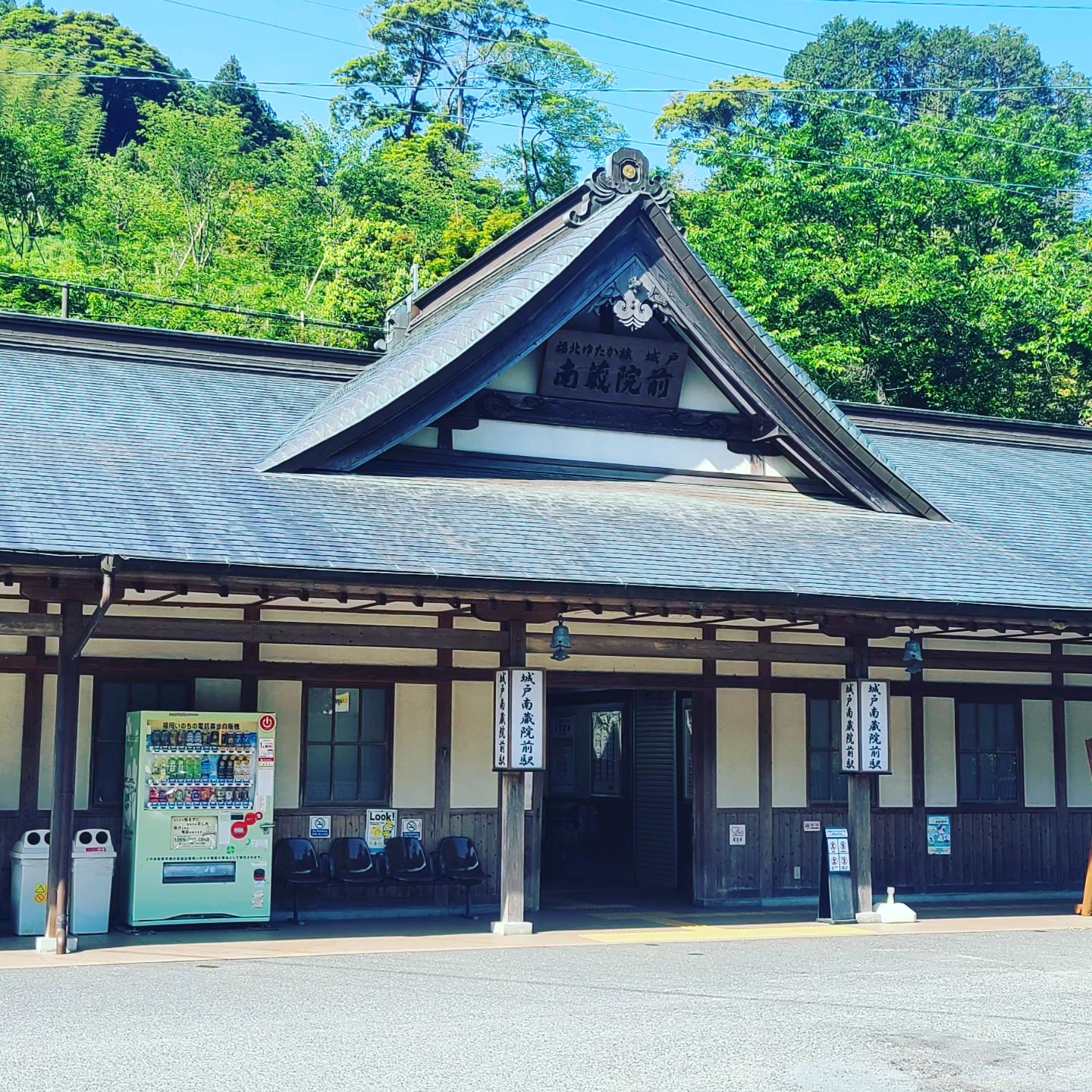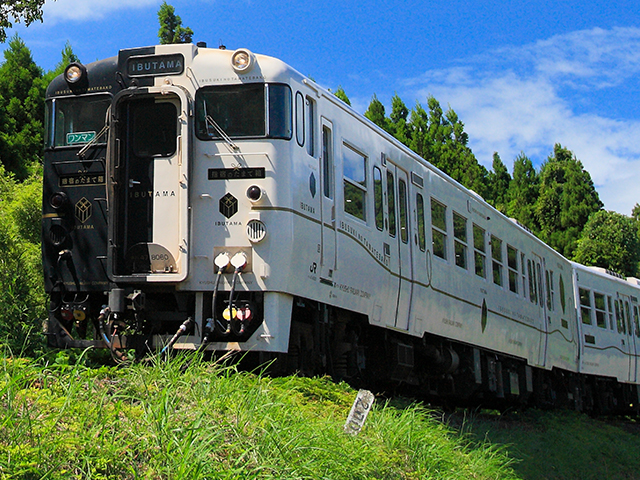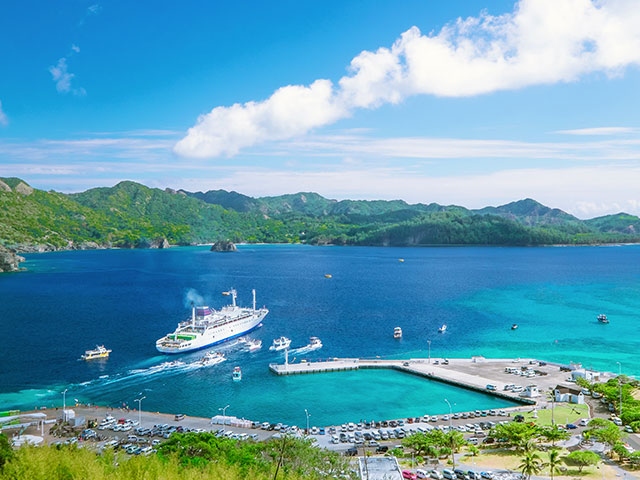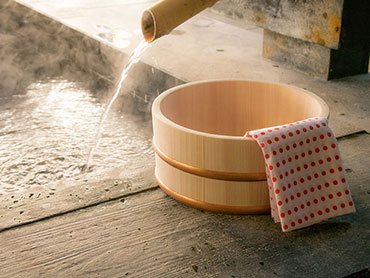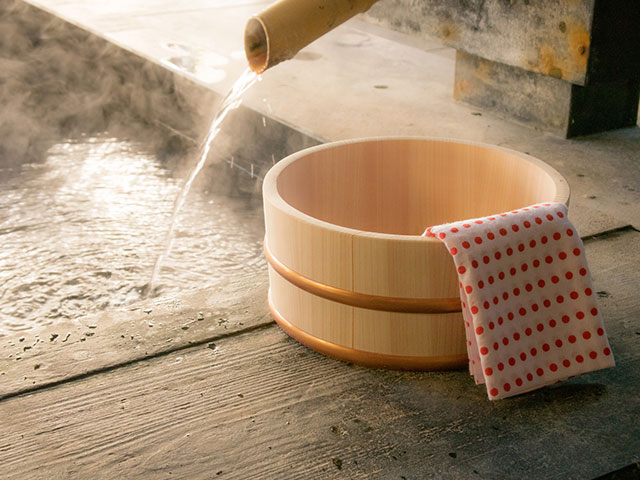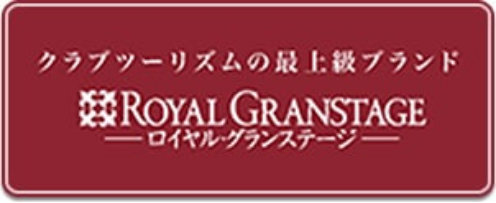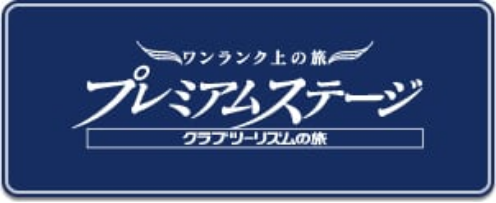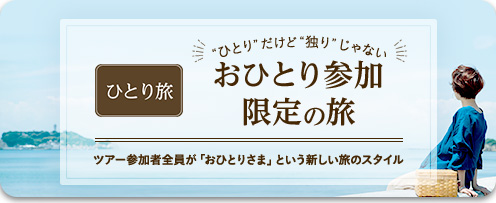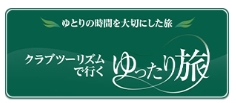[From Ibaraki] Fukuoka trip/Fukuoka tour
![[From Ibaraki] Fukuoka trip/Fukuoka tour](/ct/japan/todoufuken/kyushu/pc-fukuoka.jpg)
![[From Ibaraki] Fukuoka trip/Fukuoka tour](/ct/japan/todoufuken/kyushu/sp-fukuoka.jpg)
Search by recommended spots

Kawachi Fuji Garden

Kawachi Fuji Garden (Image)
The best time to see the wisteria is from late Apr. to mid May., when about 22 varieties of wisteria are in full bloom, and the 3300m2 wisteria trellis covered with Nodanaga wisteria is a spectacular sight. The highlight is the two wisteria flower tunnels, one 80m and the other 110m long. The tunnels are decorated with colorful flower clusters in pale purple, white, and pink, creating a lustrous gradation that captivates all who see them. The fragrance that wafts through the garden is also soothing, and you can enjoy the wisteria with your whole body.
Popular Fukuoka tours Each place of departure
人気の観光地・テーマから探す
Search by date and destination
Click on the date on the calendar
*Clicking a date on the calendar will change its color and select it.
To select a specific period, click the first and last dates.
transportation
Real-time information on Fukuoka
オンラインで気軽に旅行相談
Customer Co-Creation Activities
Latest Tours and Information
Club Tourism Travel Brand
Overseas Travel
Club Tourism Internet Membership Information
-
A wide range of services exclusively available to members
-
Search for trips anytime, anywhere!
-
Be the first to know about the best seasonal travel deals!


